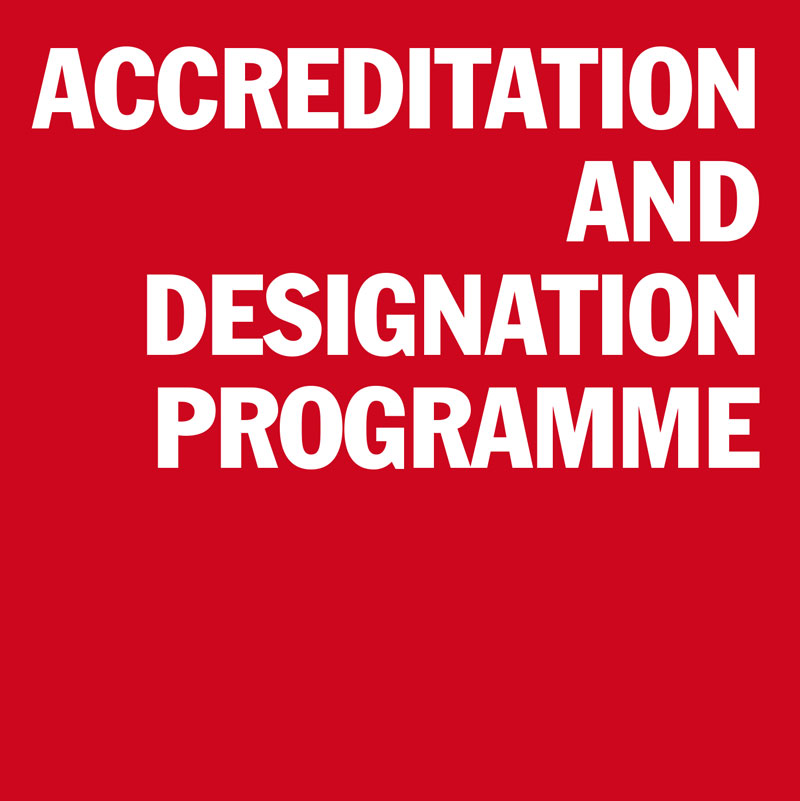Excellent Practices
Optimisation clinical and logistic quality
Practice Category: Quality
Centre: Vejle Cancer Centre

Anne Skov Villadsen
Anne.Skov.Villadsen@rsyd.dk

Challenge which the practice addresses
The patient’s pathway from referral through clinical workup to final treatment used to be long and not well planned or coordinated. Waiting times were too long, and clinical processes were subject to undesirable variation. We wanted to optimize clinical and logistic quality as well as the patient experience.
Solution

Impact
Results from the National Survey on Patient experience (NSP): According to the results of the NSP, the Oncology Department performs very well on the vast majority of questions. 99 % of outpatients find staff friendly and welcoming, while 96% of patients are satisfied with the treatment. 87 % of the outpatients feel that their MD (Medical Doctor) takes responsibility for their clinical pathway.
The Department of Organ Surgery and Plastic Surgery also achieved great results: 100 % of patients find staff friendly and welcoming, 100 % feel informed about the effects of new drugs. 76 % feel that staff allow relatives to participate in treatment decisions. In our quality culture, every step of a patient’s clinical pathway is and has been analysed and improved.
Among other factors, this applies to systems and procedures, which ensure a fast track, checklists for safe surgery and medication, professional communication, involvement of patients and relatives and a strong palliative and rehabilitation effort.
Critical success factors
- Involvement of patients and relatives through the Patient and Relatives Council
- A strong organisational setup with a Programme Steering Committee for the Patients Cancer Hospital.
- Strategic focus on engaging all staff in recognising potential areas for improvement and the creation of solutions. This focus is part of The Southern Denmark Improvement Model.
- Respecting the professional knowledge and pride of employees in carrying out tasks. This includes a very high degree of autonomy and rests on a foundation of a trust-based flat hierarchy. This also applies to the trust among colleagues: We trust information given by our colleagues and do not need management to approve every-day decisions.
- Easy access to high quality data, including Patient Reported Outcomes
- Educating management in leading improvement processes
- Understanding that quality improvement must cover both organisational and patient perceived quality as well as clinical quality.
Next steps
- Quality improvement never ends: Quality indicators and observations from employees, patients and relatives show us where there is still room for improvement and how to improve. In this way, we are constantly tightening and loosening both the bigger and the smaller screws: cooperation, communication, workflow, treatments, technical solutions etc.
- Programme Plan III: We have set sail on an innovation process which will result in our Programme Plan III for The Patient’s Cancer Hospital in Vejle.

